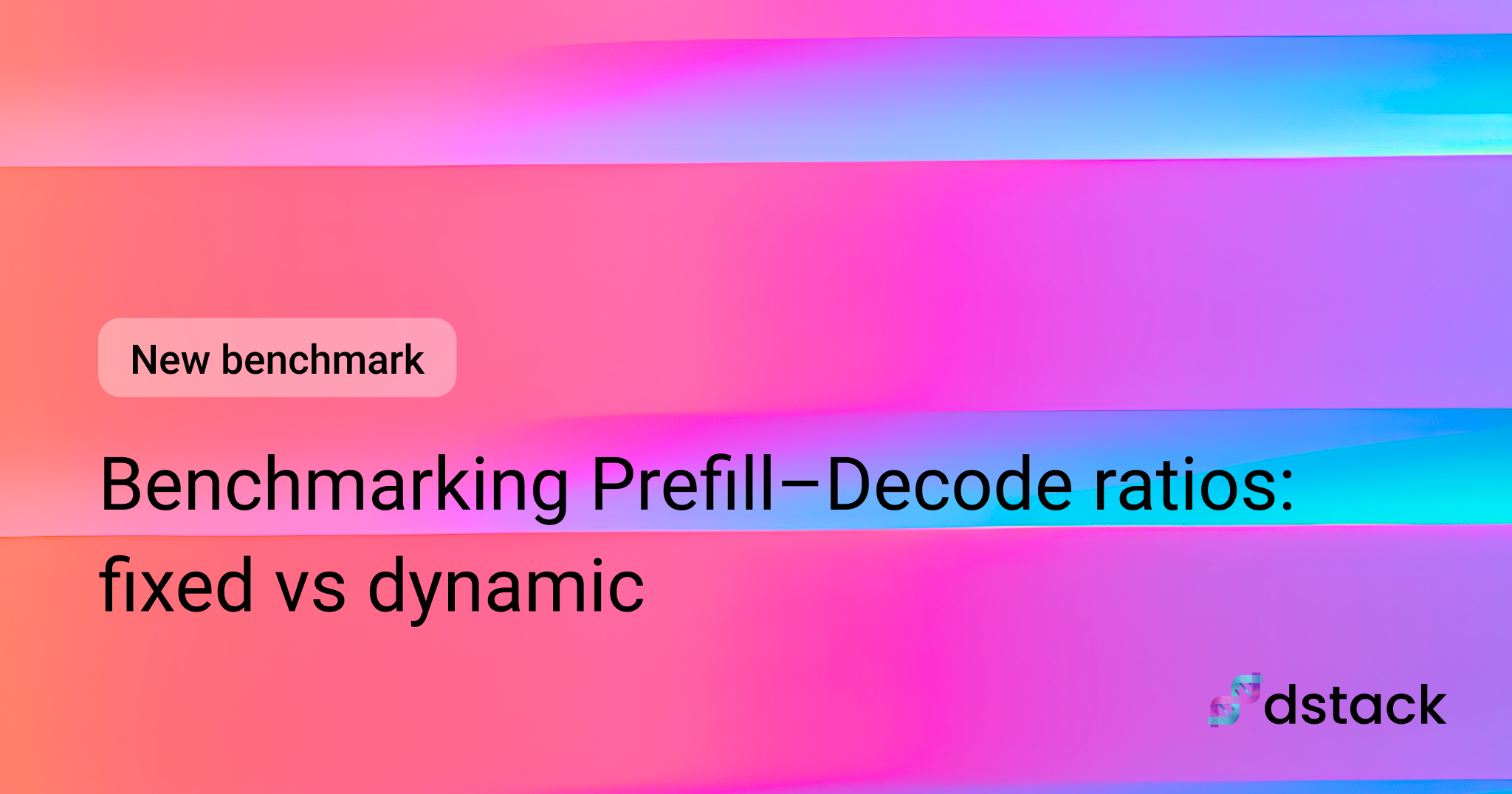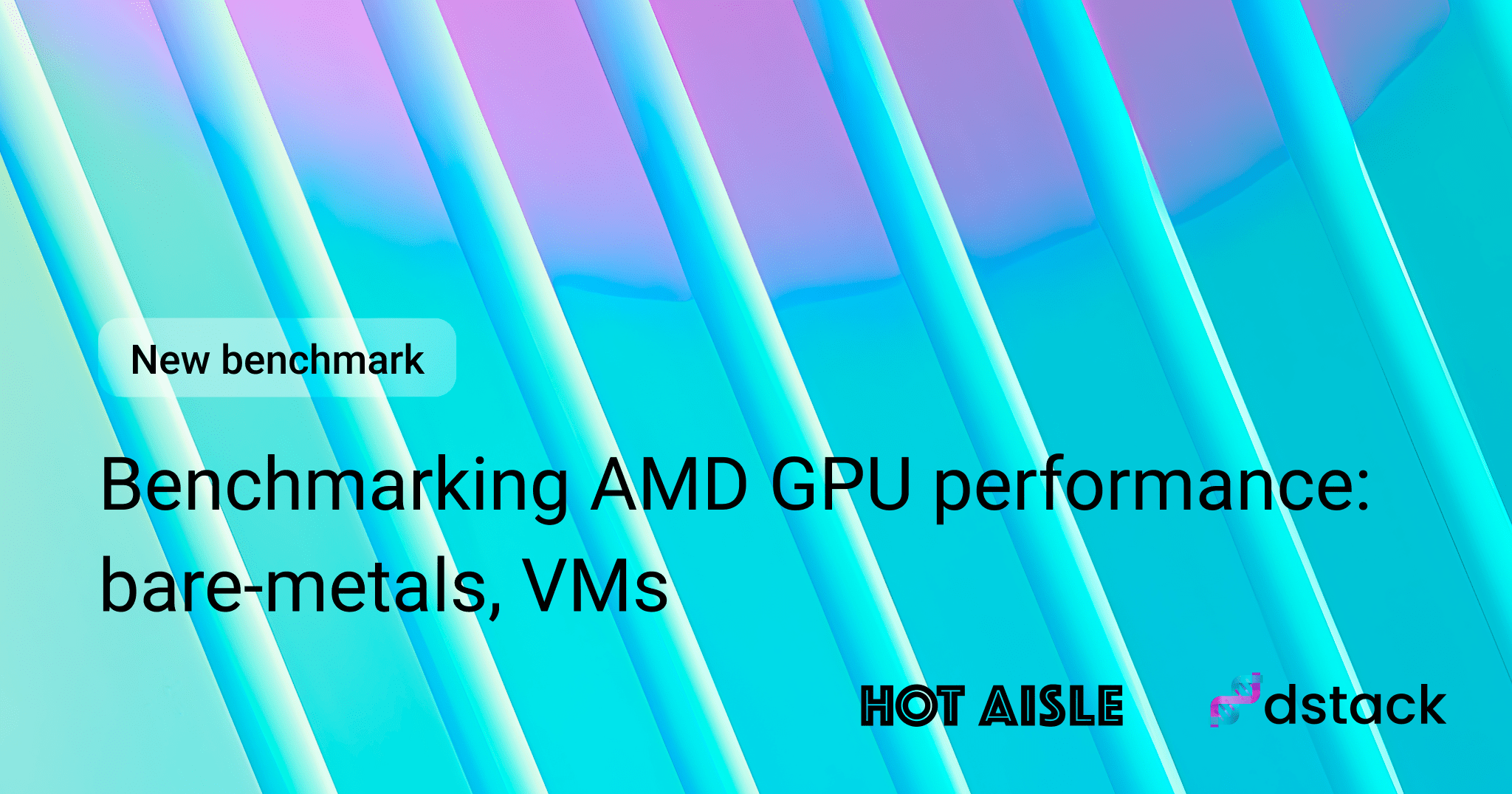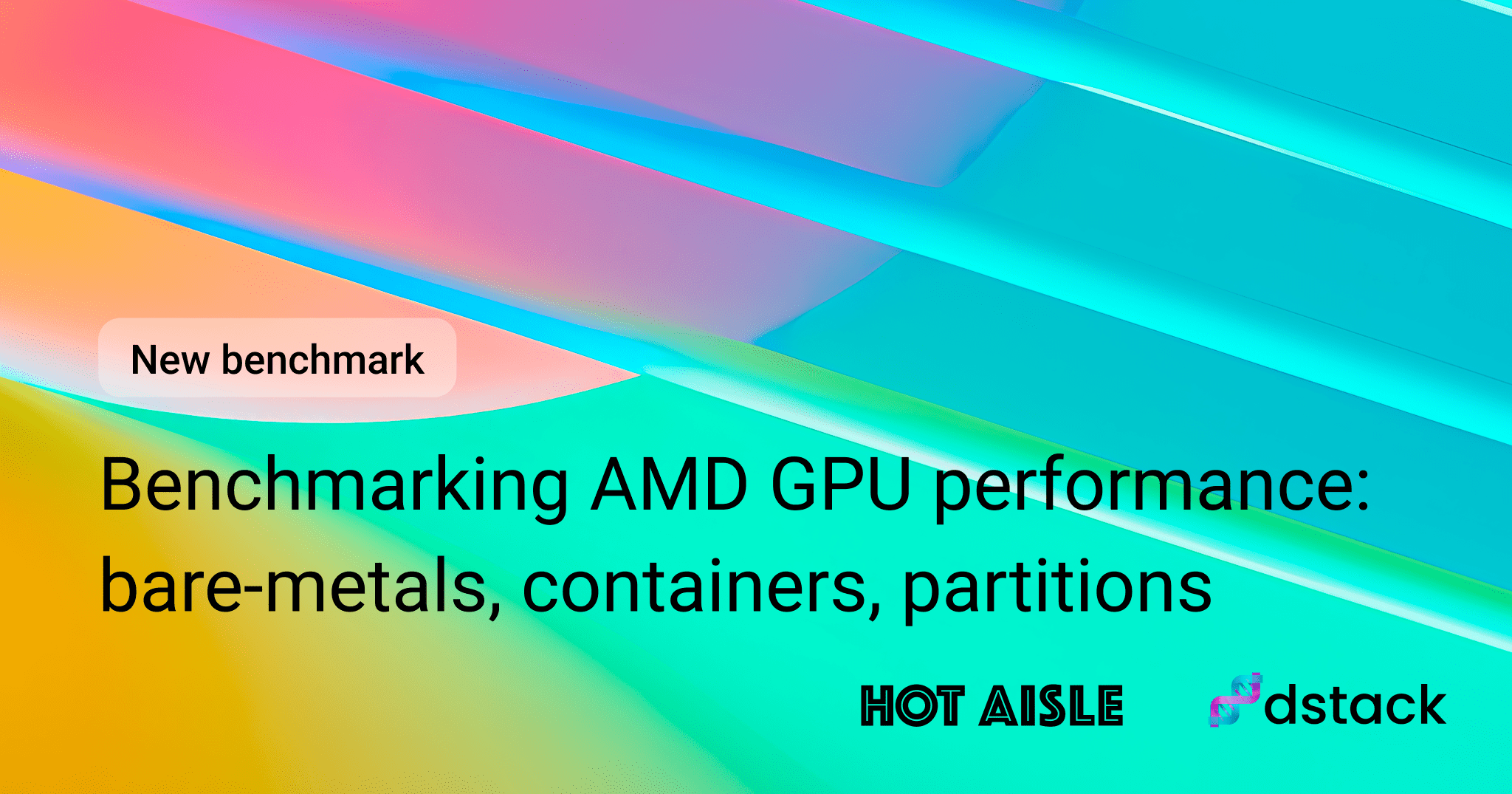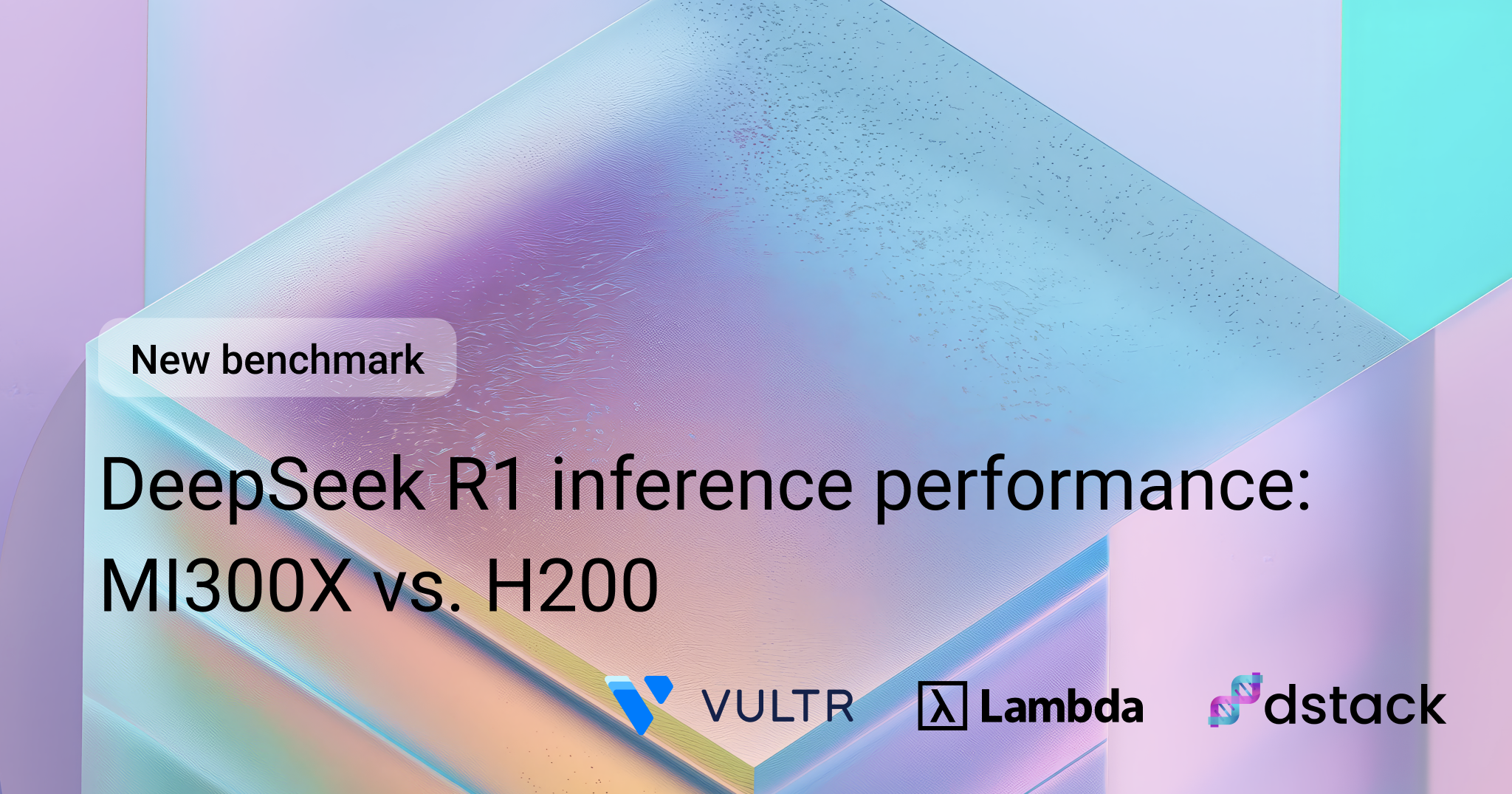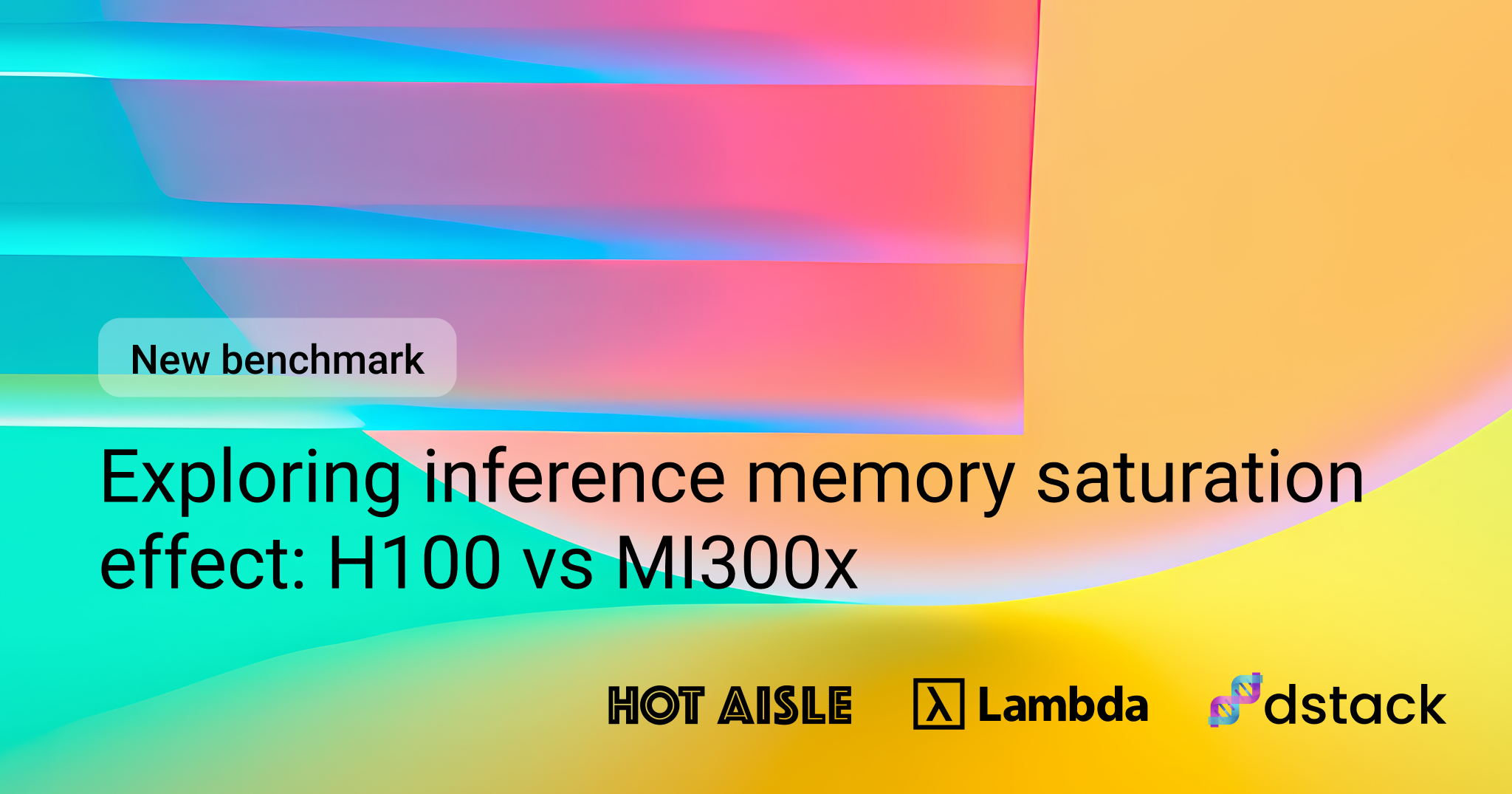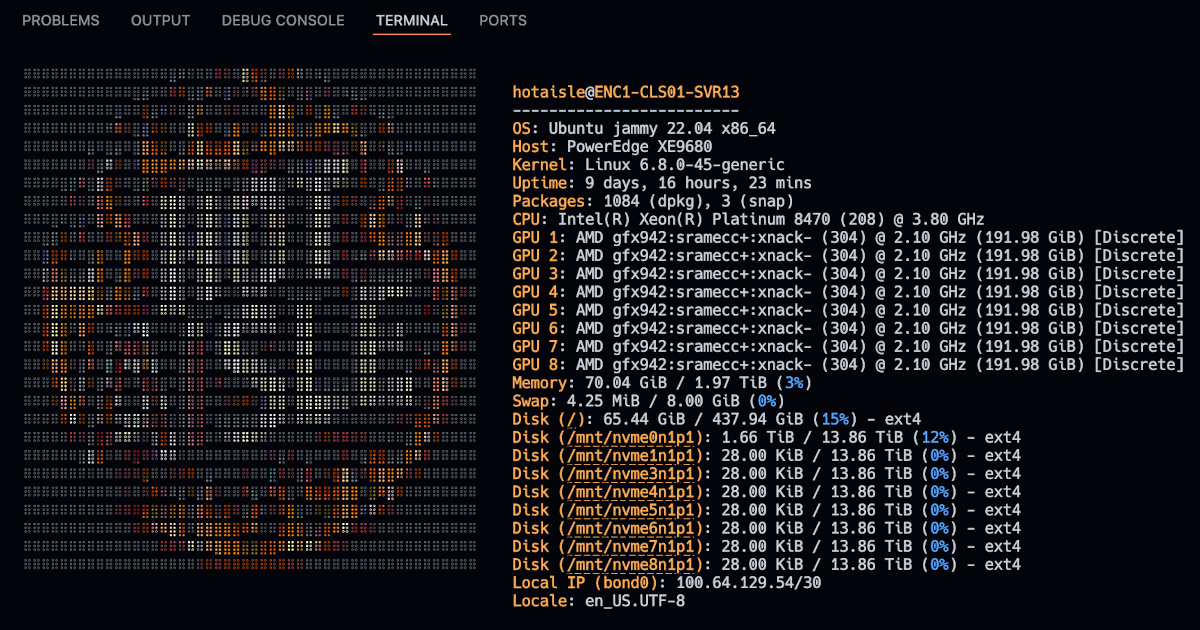Benchmarking Prefill–Decode ratios: fixed vs dynamic
This benchmark investigates whether the Prefill–Decode worker ratio needs to be managed dynamically at runtime, or if a fixed split can deliver the same performance with simpler orchestration.
We evaluate different ratios across workload profiles and concurrency levels to measure their impact on TTFT, ITL, and throughput, and to see whether fixing the ratio in advance is a practical alternative to dynamic adjustment.
